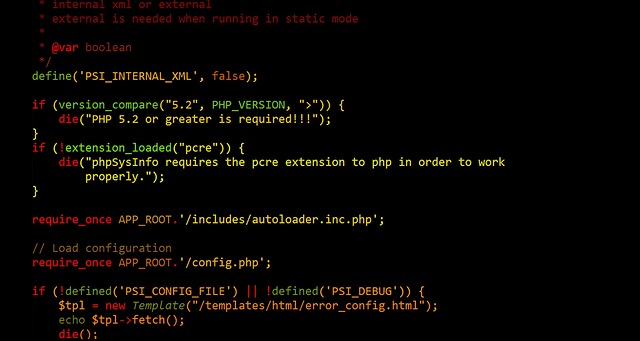When it comes to modern web development, two of the most popular frameworks are React and Vue. React was released by Facebook in 2013 and Vue was released by Evan You in 2014. Both frameworks are open-source and have a vast community of developers who use them regularly. In this article, we’ll look at the similarities and differences between React and Vue, and draw some conclusions about which one is right for you.
The biggest similarity between the two frameworks is that they both use a virtual DOM to render components and UI elements. The virtual DOM is a powerful tool that makes it easy to create complex web applications with minimal effort. Both React and Vue also use component-based architecture, which makes it easy to break down complex applications into smaller, easier-to-manage components.
Another similarity between React and Vue is their emphasis on declarative programming. Declarative programming allows developers to write code that is more succinct and easier to understand. Both React and Vue also support the use of JSX, which is a markup language that makes it easy to write reusable components.
The biggest difference between React and Vue is their approach to state management. React uses an external library called Redux to manage state, while Vue utilizes a more integrated approach with its own state management library. Redux is a powerful library that makes it easy to keep track of application state, but it can be difficult to learn and can add complexity to an application. Vue’s state management library is simpler and easier to learn, but it may not be as powerful as Redux.
When it comes to performance, both React and Vue are very fast. React’s virtual DOM makes it easy to render complex components quickly, and Vue’s state management library helps keep the application’s performance high.
In conclusion, React and Vue are both powerful frameworks that can be used to build modern web applications. Ultimately, the best framework for you will depend on the type of application you’re building and your comfort level with the different state management approaches.












